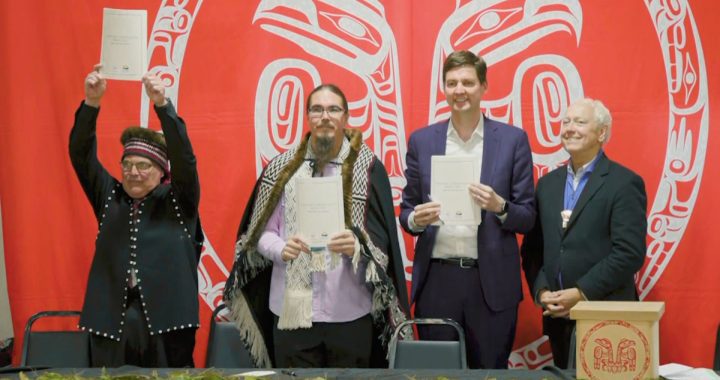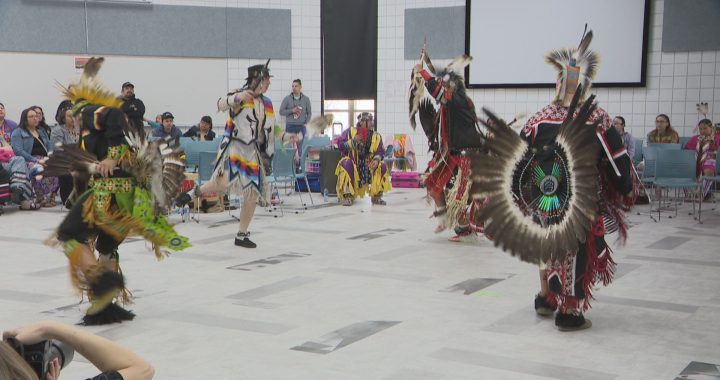
The mother of Sheridan Hookimaw continues to push for answers in the 2015 death by suicide of her 13-year-old daughter.
Even though the regional coroner has already turned down the idea of holding an inquest.
This Thursday, Stephanie Hookimaw is scheduled to meet with Ontario’s chief coroner, Dr. Dirk Huyer, at the Parish Hall in Attawapiskat First Nation.
Huyer has the power to overrule the regional coroner’s decision.
“If the family’s not satisfied with the response that the regional coroner gives,” Huyer said in a telephone interview Monday, “there is legislative opportunity to ask me.”
However, Huyer declined to reveal whether he intends to overturn the decision until he meets with Stephanie.
He confirmed he will be accompanied by officials from Nishnawbe Aski Police Services, which polices the northern Ontario community and investigated Sheridan’s death.
READ MORE: Corner’s office investigating death of Attawapiskat girl Sheridan Hookimaw
The meeting was organized by the Family Information Liaison Unit (FILU), which was created to work with families of missing and murdered Indigenous women and girls, but Huyer said can help with broader death investigations.
There are FILU branches in each province and territory.
Stephanie was unavailable to comment on the upcoming meeting. But has said her daughter’s death – and the ensuing youth suicide crisis that followed – should be investigated as a matter of public interest.
“It seems multiple factors contributed to Sheridan’s death,” she wrote in a 2017 letter requesting the initial inquest.
“In addition to the bullying she experienced at school, her physical health put Sheridan at greater risk for self-harm, particularly when coupled with the lack of suitable housing available in the community. Further, much of the medical care she required was not available in Attawapiskat.”
While no other Attawapiskat teens died, dozens contemplated or attempted suicide six months after the death of Sheridan, who was known for her bright smile and short, curly hair.
In Ontario, a death by suicide does not automatically trigger an inquest but the coroner has the discretion to call one if it’s deemed in the public interest.

Stephanie has told APTN News circumstances leading to suicide in the remote Cree nation are on par with the deaths of seven Indigenous students in Thunder Bay that led to a wide-ranging inquest there.
She has also singled out the physical and mental health impacts of toxic black and green mold in the home she shared with Sheridan.
And how families are stuck in the homes because of chronic housing and funding shortages.
The role mold may have played in Sheridan’s death is of interest to Kitchener, Ont., building contractor Mike Galt, who found himself sickened after a surprise exposure on a jobsite.
The research he did as he worked to restore his own health led the two to exchange information and they’ve remained in touch ever since.
Galt will be watching to see if an inquest is called and whether mold makes it onto the agenda because he believes there is a connection.
“People living in a natural environment should not be living in crappy houses,” he said Monday.
“There is a connection. That connection needs to be fleshed out.”
READ MORE: Family wants inquest into Attawapiskat girl’s suicide









